405, 00, 550 – Flour is not just flour. How familiar are you with the numbers printed on flour packaging? We shed light on the subject and explain the differences between white, dark, and whole grain flour varieties.
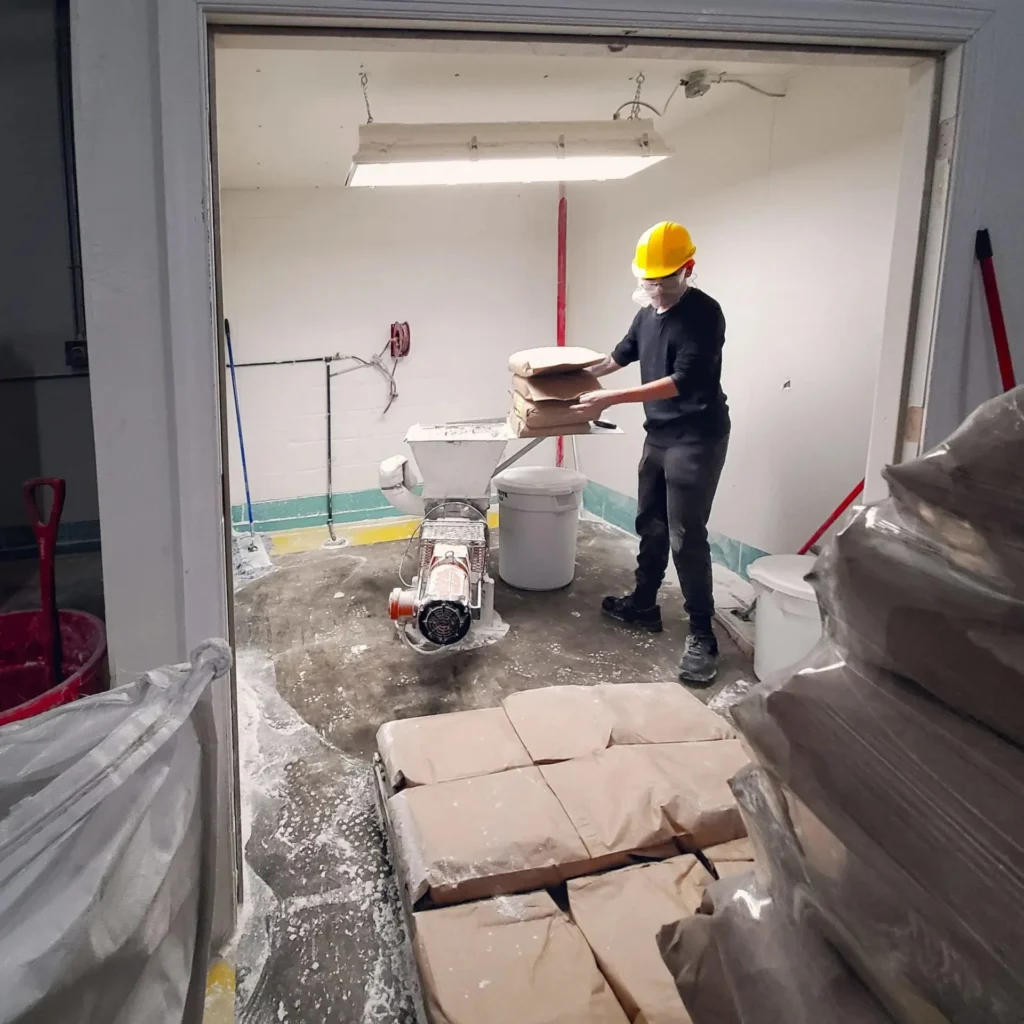
How flour is made?
It all starts with the grain. As the name suggests, flour is produced by grinding grains from different cereals. The grains consist of the outer shell, the floury endosperm, and the germ.
To process grain into flour, it is freed from foreign matter, sifted, and brushed. While until about 150 years ago, so-called millstones were used for grinding, nowadays, rollers are mostly used. Depending on the strength, they also produce different types of flour with varying degrees of extraction.
In the mid-17th century, the milling technique was developed, allowing the removal of the outer shell before grinding. The flour became lighter and thus more expensive. The light flour and the baked goods made from it were then reserved for the elite, the nobility. Using coarse flour was considered poor at that time.
During Napoleon’s time, light flour also became known and popular throughout Europe because he was the first to provide the military with bread made from light flour. Thus began the triumph of Type 405 flour.
Why is the grain removed?
In the past, everything about flour revolved around the topic of shelf life. In 1850, the technology was improved to the point where the so-called germ could also be removed. In addition to vitamins, the germ also contains plant-based fatty acids. However, the fatty acids in the germ also have a decisive disadvantage. When exposed to oxygen, they begin to oxidize and decompose over time. The flour becomes rancid and unusable. Flour ground with germ is shelf-stable for about 8 weeks but loses its nutritional value gradually from the first day after grinding. Flour processed without the germ is shelf-stable for over 1 year.
What to consider when buying flour?
Flour is an essential part of our kitchen. Whether for thickening soups and sauces, breading, or preparing doughs, you should always have three types of flour on hand – Type 405, 550, and whole grain flour. They have different properties due to their varying protein contents, which you should know.
Which Flour for What – What Does Type 405 Mean?
The designation 405 means that 100g of flour contains 405 mg of minerals. For this purpose, 100g of flour is burned at about 900°C. What remains afterward is the mineral content. So, when burning 100g of Type 405 flour, 405mg of minerals remain at the end.
The mineral content also affects the color of the flour. As a rule of thumb, the lower the type number, the lighter the bread, the higher the number, the darker the flour and the bread.
Type 405 and 550 flours are usually used as simple household flour for light doughs and bread. Flour with high type numbers such as 1050 or 1600 is used for dark, hearty bread.
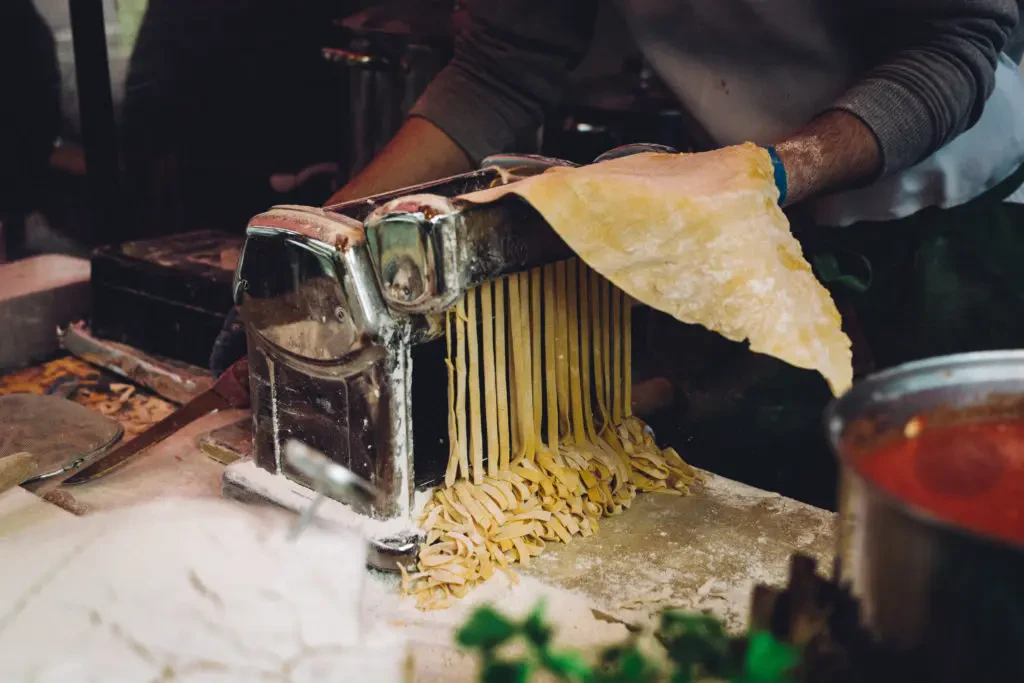
Protein Content of Flour Influences Dough Structure
When mixing Type 405 and 812 flours with the same amount of water, the dough becomes significantly more liquid with 405 flour, while it becomes binding and smooth with Type 812. The proteins and the resulting gluten (wheat gluten) are to blame for this. The more of the grain was ground for the flour, the higher the protein content. Baked goods made from whole grain flour or, for example, from Type 1600 are much firmer with a heartier bite than baked goods made from flour with lower type numbers.
What is Coarse Flour?
The so-called fineness of the flour determines whether it is called “smooth” or “coarse.” While the type designation indicates how many mg of protein per kg are contained, the fineness determines how absorbent it is.
Type 405 flour is usually very fine, with no small particles noticeable. However, it can also be ground somewhat coarser, then it is called “coarse” or “double coarse.” Smooth flour absorbs water more quickly, while coarse and double coarse flour absorb water more slowly but more evenly. Therefore, coarse and double coarse flour are suitable for doughs that need to swell rather than be processed immediately. Doughs for spaetzle and yeast dough, for example, need some time for the coarse flour to swell in the water. Thus, the dough is initially more liquid, but after the swelling time, it becomes significantly thicker and stickier.
Coarse Flour for Pasta Doughs and Spaetzle
Coarse flour is often used for pasta dough or spaetzle. It is particularly absorbent and can therefore absorb and hold water well. Coarse and double coarse flour produce elastic and boil-resistant doughs.
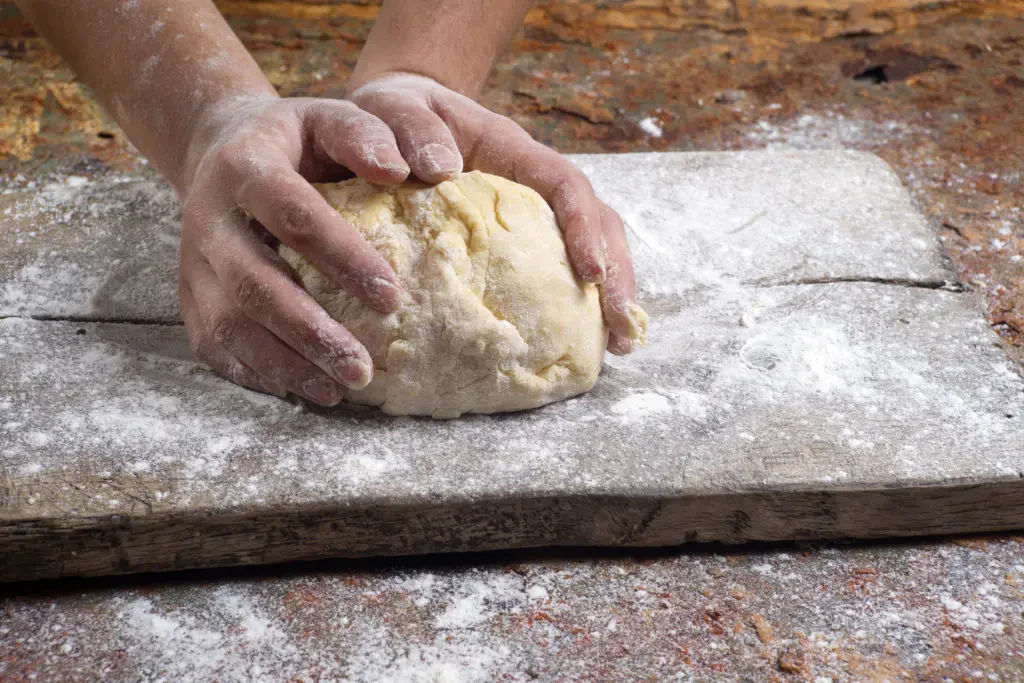
Which Flour for Pizza Dough?
If flour has to “carry” further ingredients, it is advisable to choose double coarse flour. This is the case when you want to make yeast or strudel dough. So, for pizza dough, you should always use double coarse flour of Type 405 or 550.
Colored Whole Grain Bread – the Trick with Molasses
We often fall for some tricks when buying whole grain baked goods, which are supposed to give us the impression of healthy, dark bread. Actually, whole grain baked goods are not as dark as we are led to believe. They
Which Flour for Pizza Dough?
If flour has to “carry” further ingredients, it is advisable to choose double coarse flour. This is the case when you want to make yeast or strudel dough. So, for pizza dough, you should always use double coarse flour of Type 405 or 550.

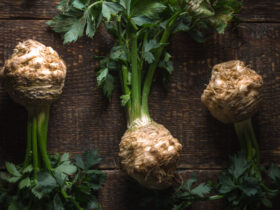
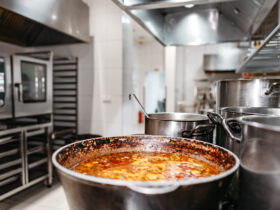
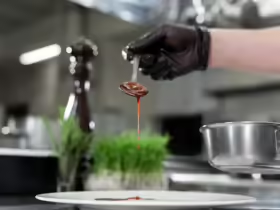
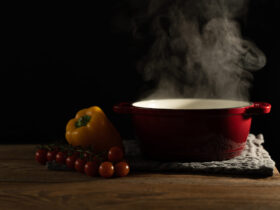
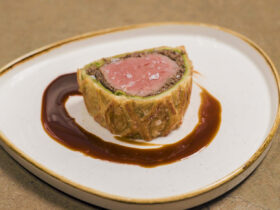

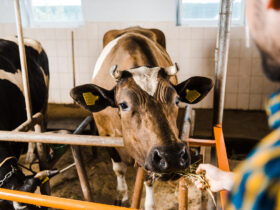
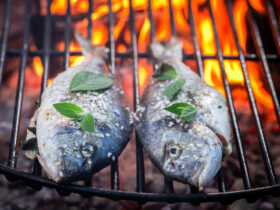
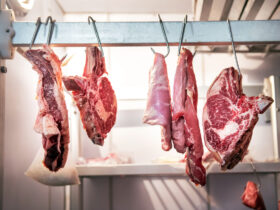
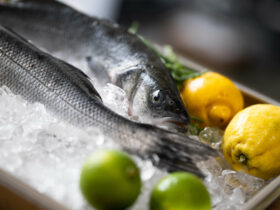


Leave a Reply
View Comments